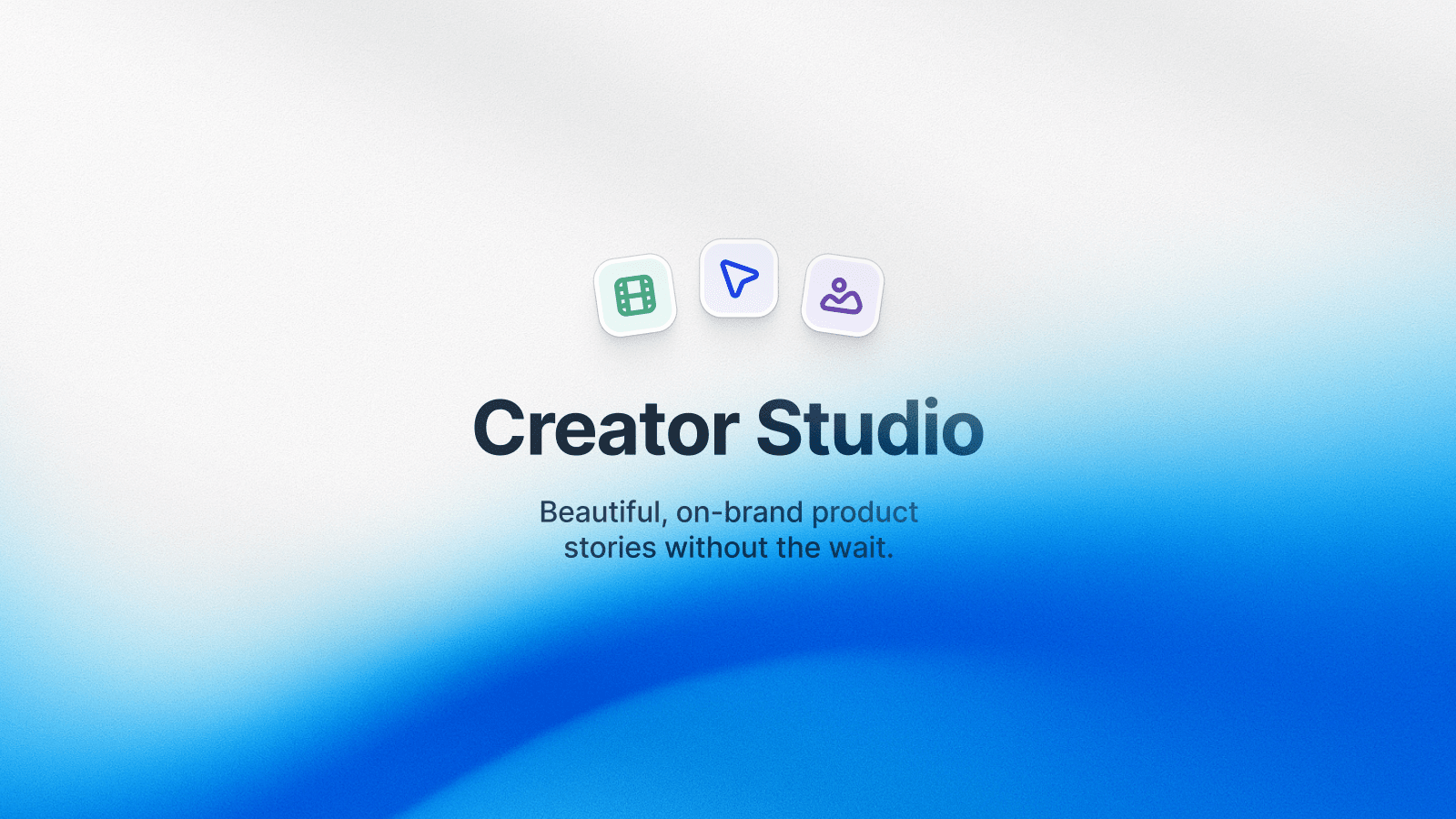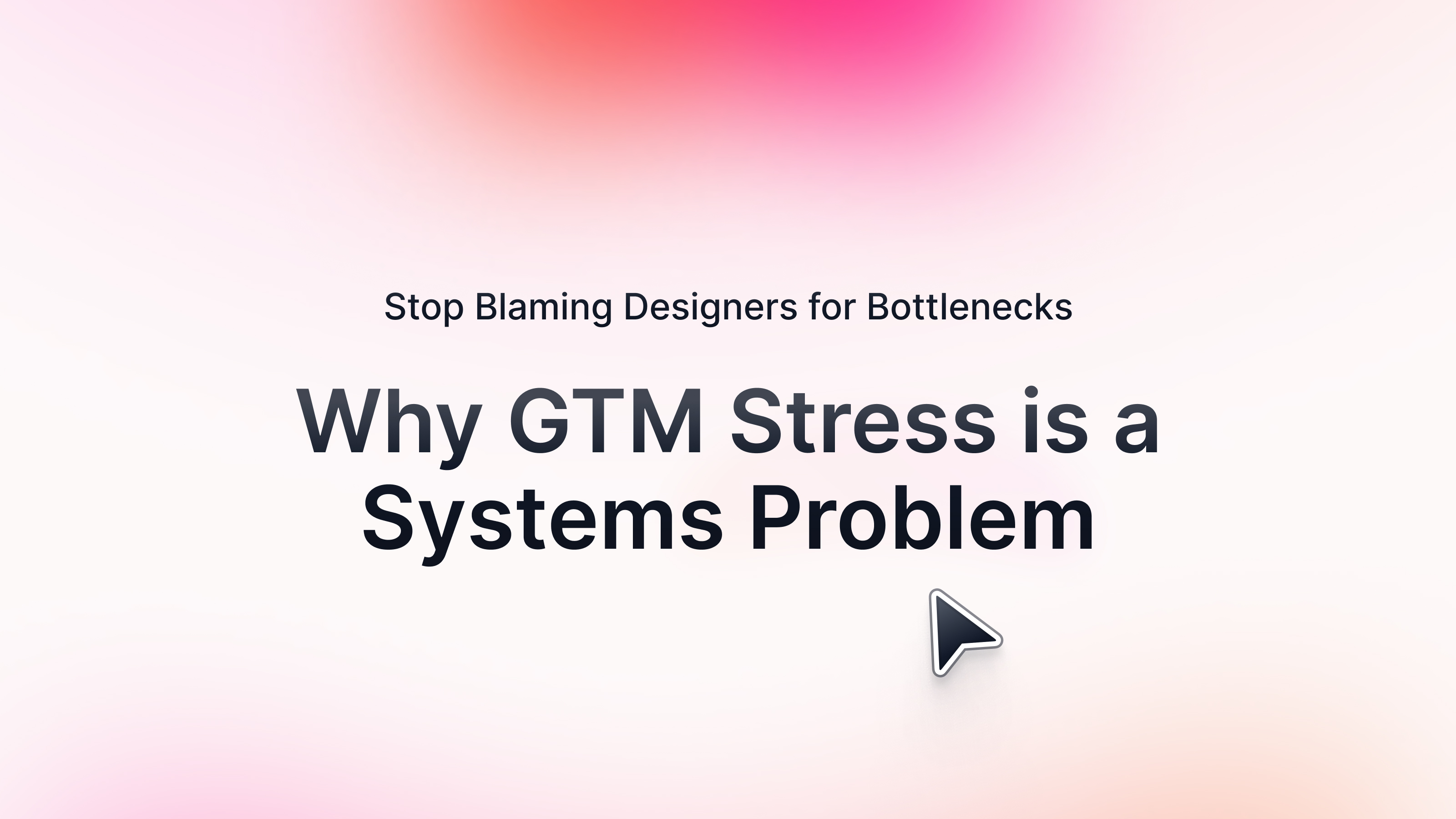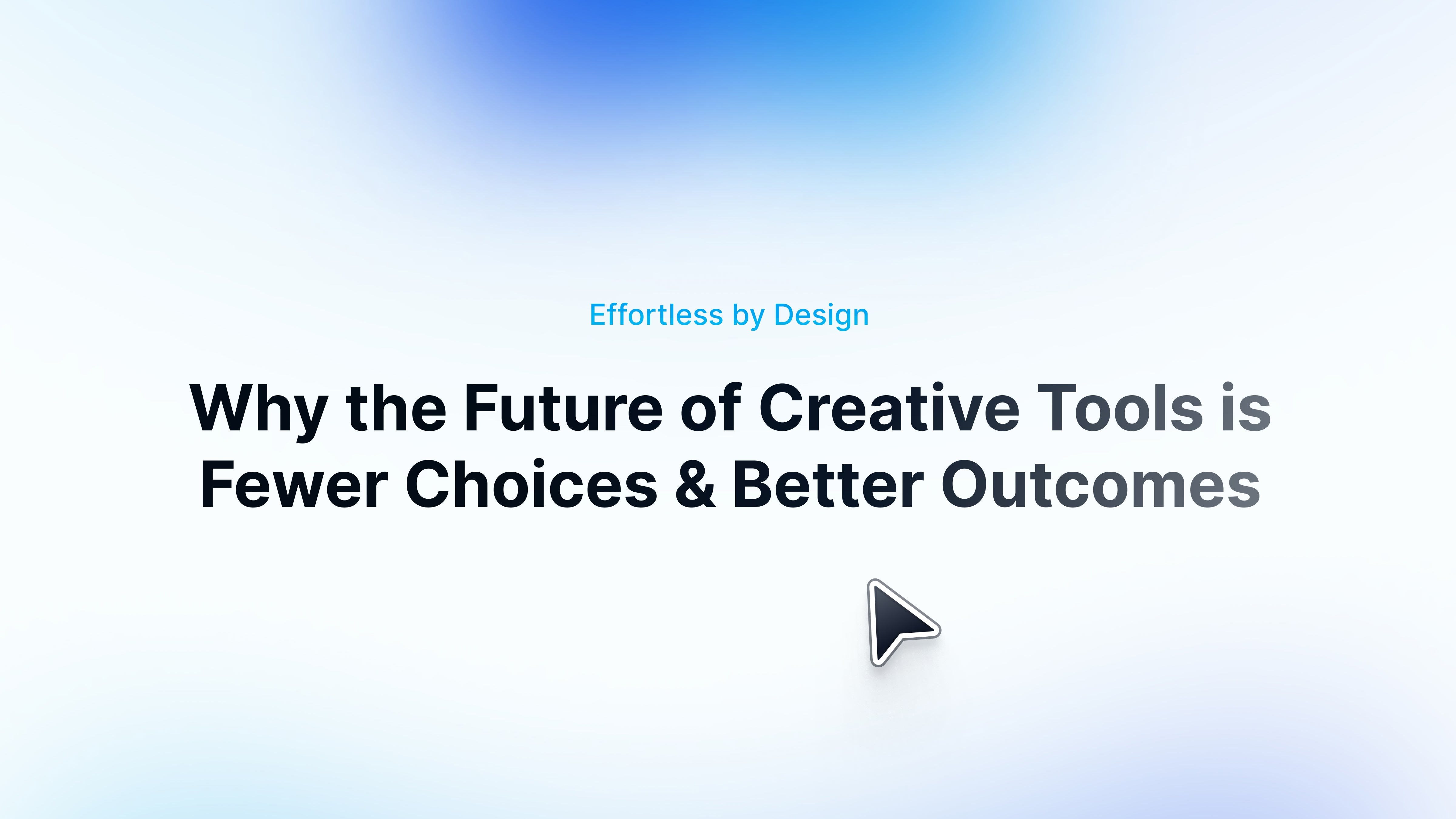TL;DR: Product storytelling is evolving from one-way presentations to interactive, buyer-led experiences that deliver more valuable (and measurable) engagement.
- Traditional product storytelling hasn’t kept up with today’s digital buyer expectations.
- Interactive demos turn static content into dynamic, data-driven experiences.
- Modern buyers want to explore, not be pitched to, and they expect personalization and control.
- GTM teams (product, sales, marketing, and customer success) can now collaborate with shared storytelling assets.
- Storytelling that scales doesn’t have to lose its human touch — it can deepen connection while expanding reach.
The Power of (and Problem With) Product Storytelling Today
Storytelling has always been at the heart of great sales, marketing, and customer conversations. In addition to showing off features and functionality, the best teams also tell stories that connect the product’s value with the buyer's needs.
But as GTM (Go-to-Market) teams have become more digital, the medium of storytelling hasn’t evolved at the same pace. Screens replaced in-person demos and recordings replaced live walkthroughs, but many teams are still relying on static, one-way content like pre-recorded video demos or slide decks to tell increasingly complex product stories.
GTM (Go-to-Market) teams bring a product to market, typically including marketing, sales, product, and customer success.
That approach is starting to show its age as buyers expect more – they want to experience your product story, on their terms, at their own pace, and in ways that make them feel part of it.
The Old Way: When Storytelling Stopped at “Play”
For a long time, the “show” part of “show, don’t tell” meant simply pressing play. Product videos, webinars, and screen recordings were revolutionary at first because they helped GTM orgs scale the demo experience beyond live meetings, making it easy to reach more buyers and customers.
But today, those same tools have gotten stale – they’re static, can’t adapt to different audiences or moments in the buying cycle, and don’t invite participation or self-guided personalization aligned to different needs.
Worse, they leave no trail. Once you hit “share,” you lose visibility into what happens next. Did the buyer finish it? Did they skip to the end? Did it even land?
The result is that teams pour hours into storytelling assets that might never actually tell the story.
The Modern Buyer Wants More From Their Demo Experience
Buyers today don’t want to sit through a one-size-fits-all presentation. They want relevance, immediacy, and control, and they want to explore on their own instead of being lectured to.
They’re also more distributed and asynchronous than ever. Buying committees span time zones, functions, and preferences. The days of walking a single conference room full of decision-makers through a live pitch are over.
Instead, sales and marketing teams need to meet buyers where they are: online, in motion, and ready to engage only if the experience feels worth their time.
That means storytelling must evolve from just pushing play to encouraging true participation.
Why Does Static Content Fall Short?
Static videos, PDFs, and decks make sense when you’re trying to broadcast a message, but not when you’re trying to spark a conversation.
Not only do they not adapt to the individual viewer, they also can’t collect feedback, generate insight, or show engagement in real time.
Perhaps most importantly, they fail to capture the emotional connection that comes from interaction — the kind that happens when a buyer clicks through, explores, and discovers for themselves what makes your product great.
And the data backs that up: interactive content drives 53% higher engagement than static formats, proving that participation is just as effective as it is enjoyable.
“People tell stories because it’s the fastest way to create an emotional connection to anything. Once you’ve made that connection, you’ve already won half the battle. To me, the purpose of a product story is exactly that: to build an emotional bridge between the person who will use the product and the product itself. When someone starts to see themselves in the story — when they can visualize it, imagine being part of it — that’s when the magic happens. From there, everything else tends to fall into place.” - Darryl Butler II, Head of Sales Engineers at Product Enablement, SpotOn
The Shift: Why Are Teams Adopting Interactive Storytelling?
We’re in the middle of a storytelling shift that mirrors what’s already happened in entertainment, education, and even news. Rather than just consuming information, today’s buyers want to engage with it.
In the same way digital-first journalism reshaped how readers experience what used to be straightforward written articles, interactive demos are reshaping how GTM teams tell their product stories. They combine the narrative power of a walkthrough with the flexibility and feedback loops of modern digital experiences.
Interactive demos turn your story from a recording into a workspace — something buyers can explore, share, and respond to. And according to Arcade data, they pay off: Users who engage with an interactive product tour are 80% more likely to take multiple activation steps compared to static experiences.
You get visibility into what actually connects with buyers as they explore at their own pace. The experience feels less like being talked at and more like being invited in, giving your product room to speak for itself.
Demos That Fit Today’s GTM: Storytelling as a Shared Experience
Your story can go further than a static video, evolving into an interactive experience that adapts to every audience.
A sales leader sends a tailored walkthrough to a prospect, who adds comments and shares it with their team. A product marketer embeds an interactive story on the website that lets visitors explore key features hands-on. A customer success manager uses the same format to onboard new customers efficiently, with built-in guidance and feedback loops.
It’s storytelling built to scale without losing the human touch, so each experience feels personal even when shared across different departments, business units, or global markets. It also delivers valuable, actionable insight back to the business, with every interaction becoming a data point that shows what buyers truly care about.
The Future of Product Storytelling
While static videos will certainly always have their place, they can’t keep up with how today’s buyers think, evaluate, and decide. The organizations that win attention (and pipeline, and deals) are the ones turning their demos into dynamic, data-rich, and collaborative experiences that make the product story impossible to forget.
When your buyers can interact with your product first-hand, they don’t just remember what you showed them — they remember how it felt to explore it themselves. That’s the kind of story that seals the deal.
In summary: The next era of product storytelling belongs to interactive experiences that let buyers explore a solution on their terms while giving GTM teams visibility into what truly connects.
See an example of product storytelling in action below, and if you’re ready to see how forward-thinking GTM teams are turning demos into interactive product stories, get in touch with one of our in-house Arcade experts.
Frequently Asked Questions
1. What is interactive product storytelling?
Interactive product storytelling transforms traditional demos into hands-on experiences. Instead of passively watching a static video, buyers can explore the product themselves — clicking through key features, following guided narratives, and discovering value at their own pace.
2. What are GTM teams?
GTM (Go-to-Market) teams are the cross-functional groups that bring a product to market and drive growth — typically including marketing, sales, product, and customer success. They collaborate to attract, convert, and retain customers by aligning storytelling, messaging, and experience across the buyer journey.
3. Why are static videos and slide decks no longer enough?
Static content can’t adapt to different audiences or capture engagement data. Once you hit play, you lose visibility into what resonated. Modern buyers expect dynamic, personalized, and measurable experiences that invite participation, not passive viewing.
4. How do interactive demos improve the buyer experience?
Interactive demos give buyers control and context. They let users navigate the product based on their priorities, share it with teammates, and provide feedback — all of which create a more engaging and confidence-building buying experience.
5. What benefits do GTM teams get from interactive demos?
Sales and marketing teams gain insight into how buyers engage — what they clicked, skipped, or replayed. Those engagement signals help tailor follow-ups, refine messaging, and convert interest into revenue more efficiently.








